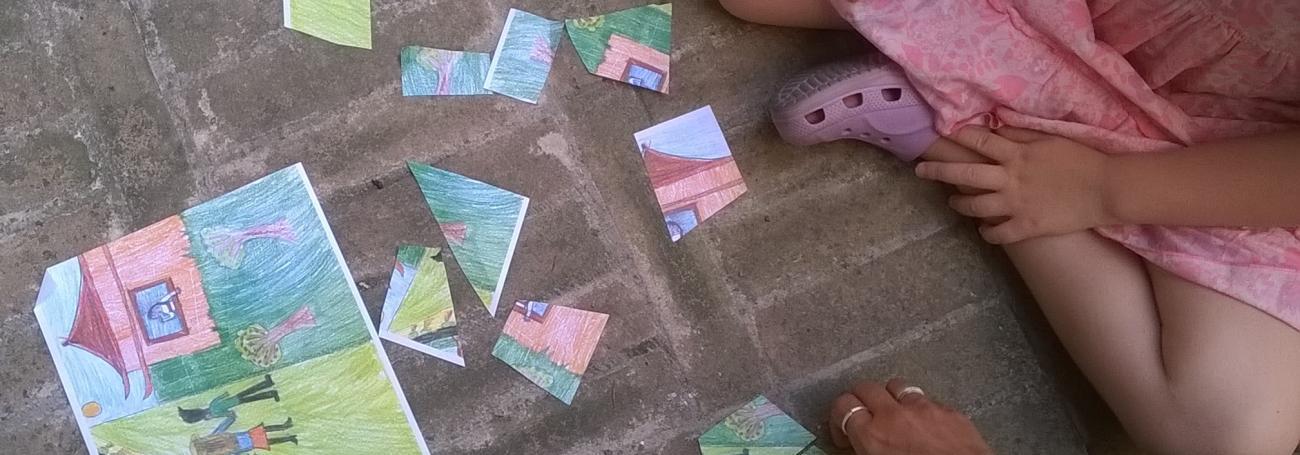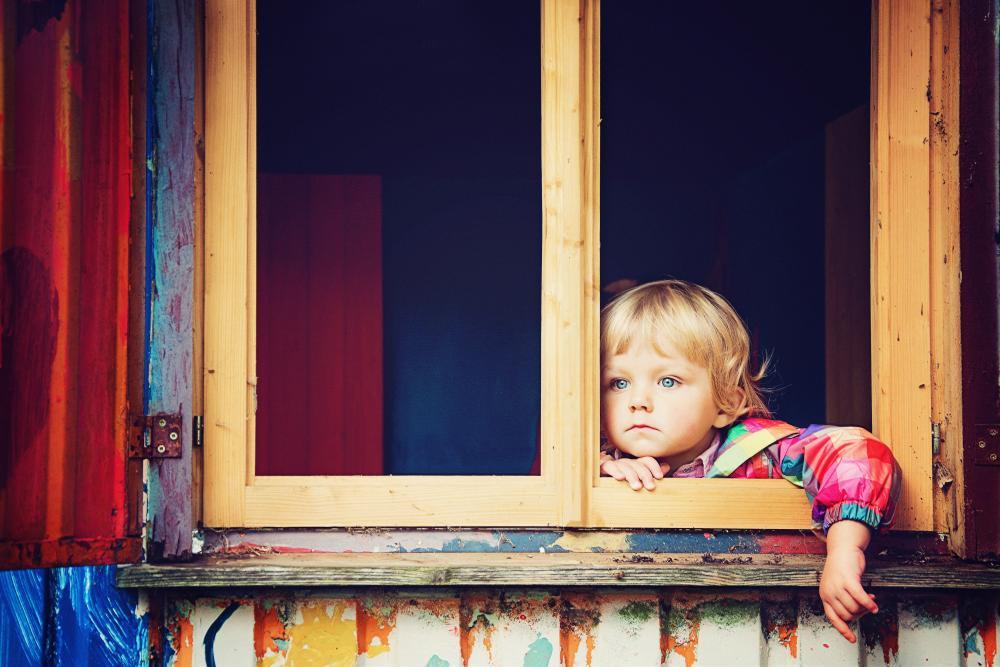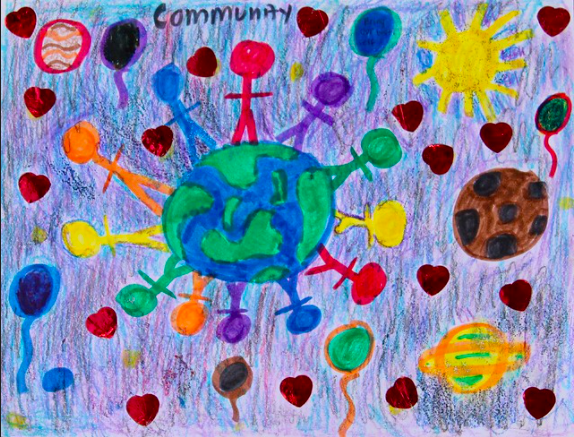
Between 1945 and 1946 Renè Spitz, an Austrian naturalised American psychoanalyst, compared two groups of institutionalised children. The first consisted of 220 minors, children of women detained in a women’s prison, who had the opportunity personally to dedicate themselves to their children in a nursery school attached to the structure. The second one, instead, included 91 infants abandoned by their family and admitted to an orphanage.
Spitz observed that, in both cases, the children were adequately treated from a medical, hygienic and nutritional point of view, but in the second group, despite the presence of professional nurses specially trained for the care of infants, the children presented a worrying clinical picture. Many of them did not grow regularly; they suffered from evident delays in cognitive and motor development — with symptoms such as lack of response to external stimuli, expressionlessness of the face, muscle spasms and crying spells. In the first month, the children expressed themselves with complaints and signals, but already from the second month, crying started to be accompanied by weight loss. In the third month, behaviours such as refusal of physical contact, insomnia, absence of gesturing and further continuous weight loss appeared. Gradually also these symptoms disappeared and, after the third month, when the crying stopped, a real lethargic state took over which sometimes led to extreme consequences.
37.3% of the children under observation died — but it would be better to say that they let themselves die — within the second year of life, and this remained inexplicable using only medical tests and parameters.
These symptoms disappeared, Spitz pointed out, when the child found his/her mother or in any case where a person who wanted to take care of him/her dedicated time to communicative and playful interactions and to expressions of affection both in physical contact and in words, as well as in responsiveness to their signals.







